What Life Looks Like in Italy
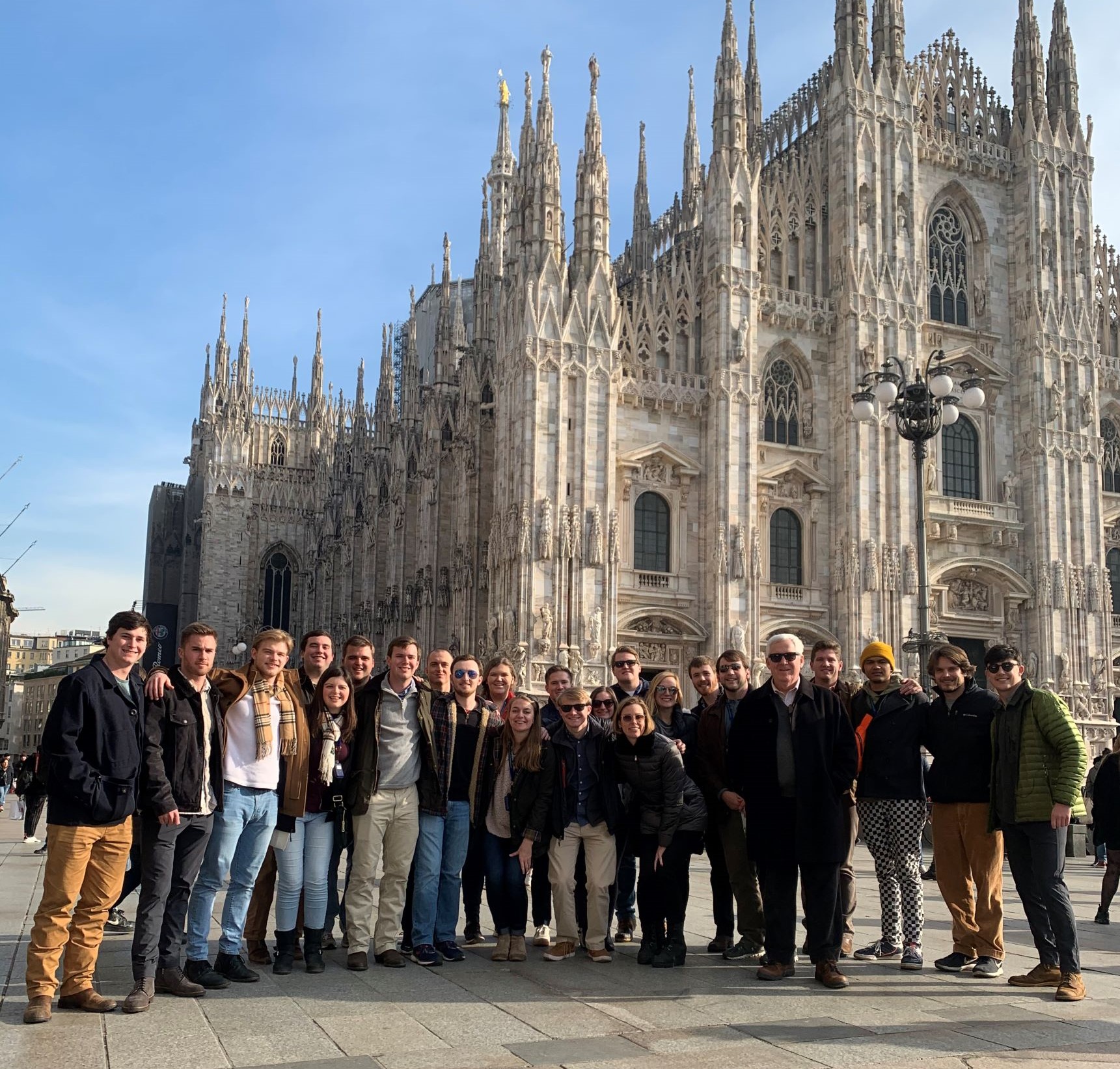
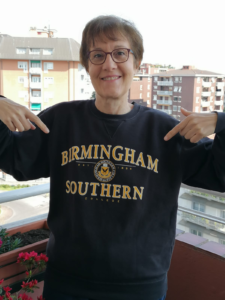 We received a “hello” from a longtime member of the Birmingham-Southern community in Italy, Alessandra Abbiati. She lives and works as a tour guide in Milan, where BSC business students visit every year during their E-Term trip to multiple European countries.
We received a “hello” from a longtime member of the Birmingham-Southern community in Italy, Alessandra Abbiati. She lives and works as a tour guide in Milan, where BSC business students visit every year during their E-Term trip to multiple European countries.
Dr. Bert Morrow, associate professor of business administration, heard from Abbiati last week. After taking nine groups of students and three personal trips to Milan, all with tours of the city led by Abbiati, he now considers her a good friend.
“We typically visit Prague and then spend most of our time in northern Italy. While the academic focus of my trip is on agribusiness firms engaged in food production, we have always visited Milan for the cultural experience. The Duomo is magnificent (fifth largest in the world, second in Italy) and we also always visit Da Vinci’s ‘The Last Supper,’” Morrow says.
Hear a little about Abbiati’s time in Milan, both as a tour guide and as someone living there now during the intense spread of the novel coronavirus (COVID-19) in the city.
How long have you been leading student travel groups in Milan?
I’ve been working as tourist guide in Milan for 22 years, and in January 2009, a travel agency asked me to be the guide for some university students. I remember they were fascinated by the shops, and Professor Morrow insisted to go and see the Cathedral.
What are some of your favorite places to show students?
Every time, we go to see the “Last Supper,” the Castle, and the Opera House La Scala. During the walking tour, I told them some story of my city. I like the archeological area and the wonderful Nunnery St. Maurizio, called the Sistine Chapel of Milan. We have 51 different churches in the downtown and beautiful private courtyards. Milan is really a city to discover!
What does life look like right now?
My last day of work was March 7. Then, the government decided to stop all the visits and everything that would bring many people together. Since the situation with the virus increased, the final choice was to stay at home. I always have something to do: clean, study new itinerary in my city, sleep more. I feel lucky because my house is not so little. I just feel the necessity to walk because I used to have 10,000 steps daily!
What have you experienced or felt that we might not see on the news in the U.S.?
It’s not a tragedy to stay at home because we can go outside and buy food (even if now you need one hour to wait outside the supermarket since we cannot go inside all together as before.) It’s a sacrifice, but we know that is the only way to end the problem as soon as possible. Something more surreal is that we are fighting against an invisible enemy. Spring has come. Trees are full of flowers, the atmosphere is quiet without traffic, and the sky is blue without pollution, so when you wake up in the morning you hope that it was just a bad dream.
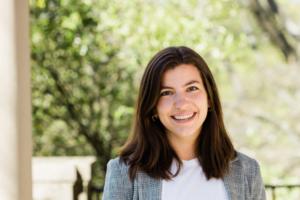
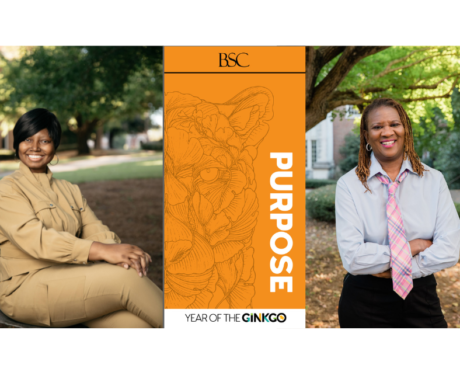
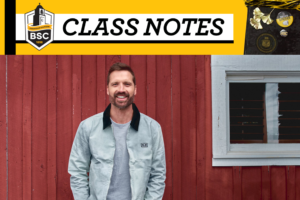
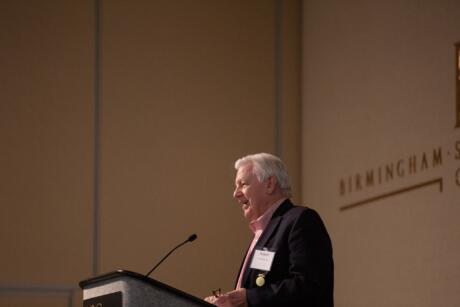
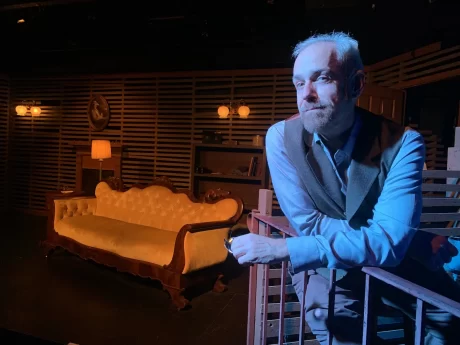
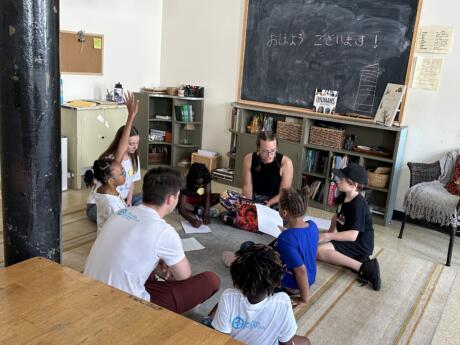
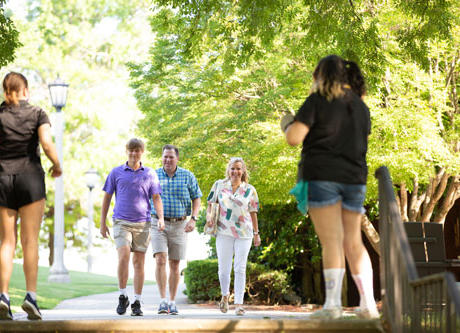
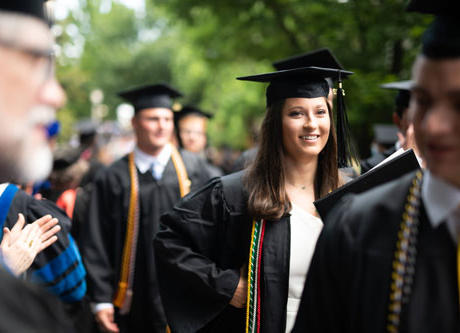
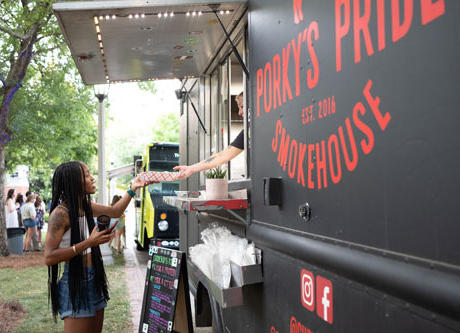

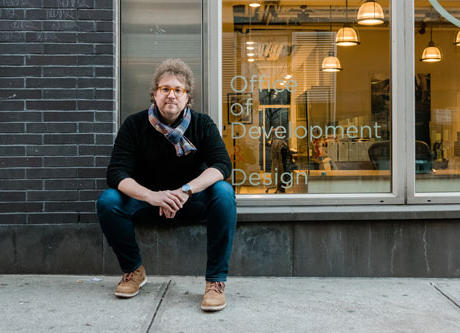
// Comments are closed //